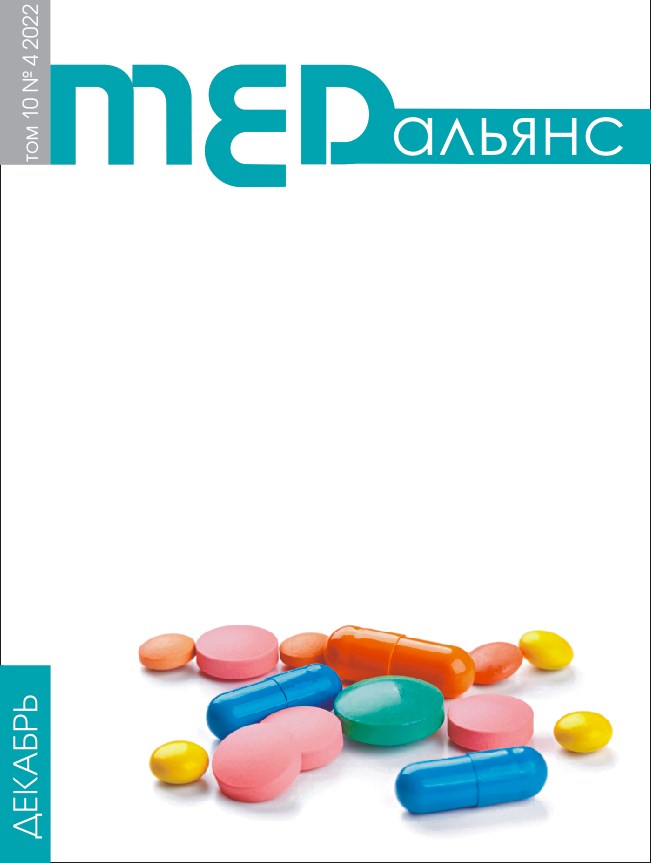Abstract
Aim. To evaluate features of vegetative regulation of the heart rate in patients with pulmonary TB.Methods. The authors analyzed examination results of 109 patients with different forms of pulmonary TB (the main group). The comparison group consisted of 63 individuals without TB or heart disease. To identify features of vegetative regulation of the heart rate, all patients underwent 3-lead 24-hour ECG monitoring and assessment of heart rate variability (HRV) indices using spectral and time-domain analyses. The results were processed using MS Excel 2016 for Windows and Statistica 10 software programmes; nonparametric methods were used. Results. According to our research data, pulmonary TB patients had significantly lower values of the time-domain analysis of HRV: SDNN in 28% of cases (р<0.05); RMSSD in 22% of cases (р<0.05). The spectral analysis data showed HF in 91% of cases (р<0.05), LF in 61% of cases (р<0.05), a rigid circadian rhythm of the heart rate in 55% of cases (p<0.05), and the increased index of vagosympathetic balance in 93% of cases (р<0.05). The sympathicotonic type of vegetative regulation was detected in 93% of cases, the balanced initial vegetative type of HRV — in 5% of cases, and the parasympathicotonic type — in 2% of cases. The authors established a direct strong correlation between indices of RMSSD and HF, r=0.81 (p<0.05). The changes in HRV parameters were not linked with clinical forms of TB (р>0.05). Conclusion. Initial sympathicotonia prevails in patients with pulmonary TB, which indicates intensive work of the cardiovascular system, which in its turn leads to the increased risk of adverse cardiac events. Patients with pulmonary TB should undergo dynamic 24-hour Holter monitoring for timely correction of vegetative regulation of the heart rate.

